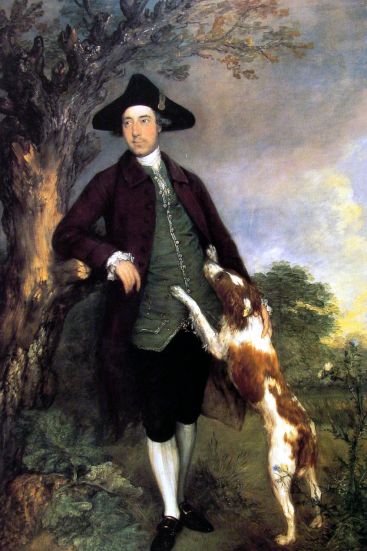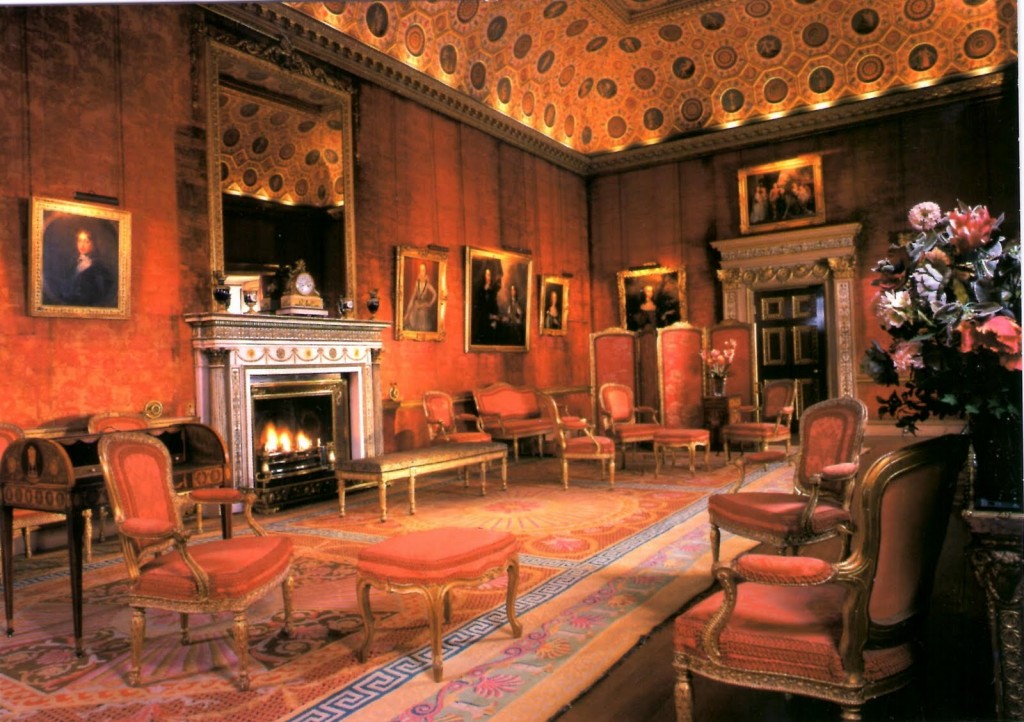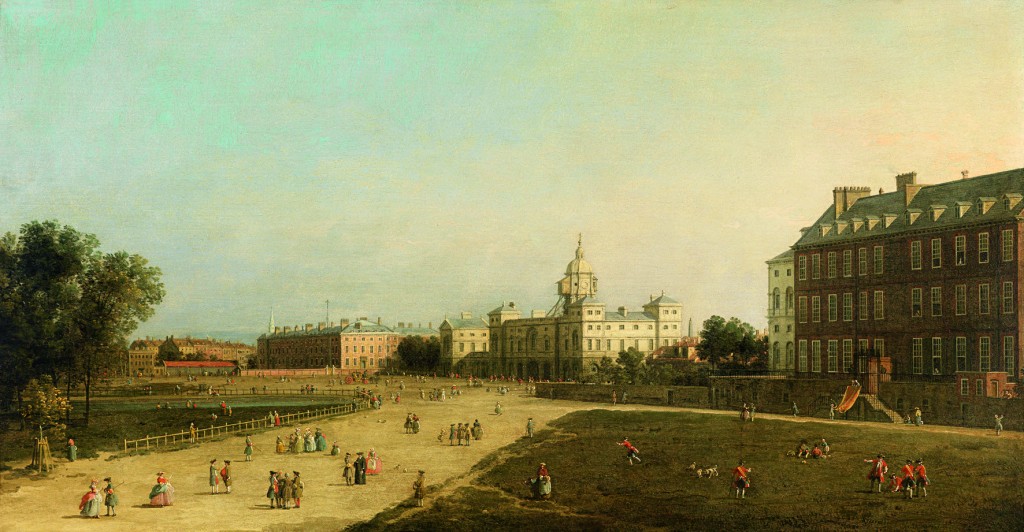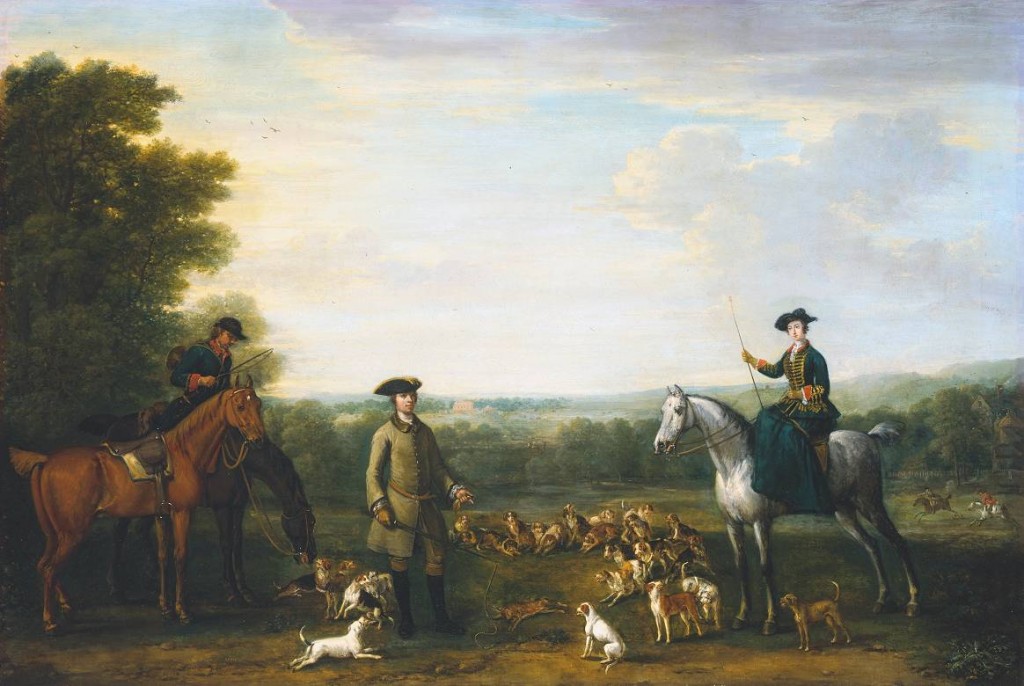It smelt like the garden of Eden. The fresh scent of new construction that reflected the exalted sense of the Celestial Emperor. Trade softened the edges of barbarism and civilization gradually manifested itself in Europe to be quickly followed by bourgeois indulgence of the new merchant classes and the aristocracy. The noble houses of eighteenth century England…

—Thomas Gainsborough – George, Lord Vernon
Handmade oil painting reproduction of George, Lord Vernon, one of the most famous Thomas Gainsborough paintings.
Why settle for a print or poster when you can catch many admirers with this museum quality oil painting in your own living room or at your office?—Read More:http://www.paintingall.com/thomas-gainsborough-george-lord-vernon.html
…Although commerce diversified and fructified the wealth of Europe, it may be likened to the yeast rather than the substance of riches. The solid basis of Europe’s economy remained, right up to modern times the land and its products- foodstuffs, wool, hides, timber,minerals- and, of course, the rents that men were willing to pay either to wring from it a wretched livelihood or to exploit it like any other commercial activity. But in whatever way the land was used, its ownership conferred, as the long centuries passed, more thn wealth. It conferred status-power-greatness. From the wide, harsh steppes of Russia to the wild, sea-lashed coast of Galway, men were measured by their acres. The law, the army, the Church, the service of the State might confer gentility, even nobility, on those who were successful in the practice of these professions, but such short cuts to social greatness were comparatively rare. The political power of all European states- except for a few merchant oligarchies such as Venice, Genoa, and Amsterdam- rested on land ownership.

—The Red Drawing Room had been packed with mayors on my first visit and I had given up as a hopeless cause any attempt to get my audio guide to operate in sequence to the rooms on the tour. As a result, I failed to realise the close connection between Syon House and the Stuart royal family in the 17th century. I was fully aware that two Tudor queens, Lady Jane Grey and Catherine Howard, had stayed at Syon. Or rather the latter was imprisoned here in the 16th century. —Read More:http://thebrimstonebutterfly.blogspot.ca/2011/07/syon-house-part-five.html
England, at the time when the great country houses flourished, was covered with a network of landowning families, some aristocratic, most belonging to the gentry. Every fifteen or twenty miles in the south- and fifty or so in the north- there would be the great park belonging to a nobleman or to someone rich enough to vie with the nobility. Seeping into the interstices of the large estates were the manor houses of the lesser gentry. Many of these families stretched back to that first great expansion of agrarian wealth which took place in the twelfth and thirteenth centuries; few, even among the nobility, derived from the great baronial aristocracy of the Middle Ages who had battered themselves to death in the War of the Roses.

— This work, one of only three known paintings for which Canaletto used panel support, is closely related to the celebrated painting, The Old Horse Guards from St James’s Park, 1749, in The Andrew Lloyd Webber Art Foundation, and the drawing of The Old Horse Guards from St James’s Park in the British Museum. The latter shares details with this composition, especially the groups of figures in the foreground, and the beating of a carpet on the right.
In the painting coming up for auction, New Horse Guards, designed by William Kent then Chief Architect to George II, is shown in the course of construction, Old Horse Guards having been demolished in 1749-50.—Read More:http://artmarketmonitor.com/2012/08/09/canaletto-to-sell-in-vienna/
Most families had risen slowly, by prudence, by lucky marriage, by ability in law, commerce, or the Church; a few by the luck of a sovereign’s favor. Usually it was a matter for generations rather than individual men, so the roots of families went deep into their neighborhoods: intermarriage so that estate could be joined to estate was exceptionally common. As families grew in wealth, so they grew in standing, and naturally enough the offices of local government fell into their hands. The same families in Norfolk- the Walpoles, the Cokes, the Townshends, Astleys, Pastons, Hollands-provided the deputy lieutenant, the justice of the peace, the colonels of militia, the members of Parliament decade after decade, century after century.






 COMMENTS
COMMENTS